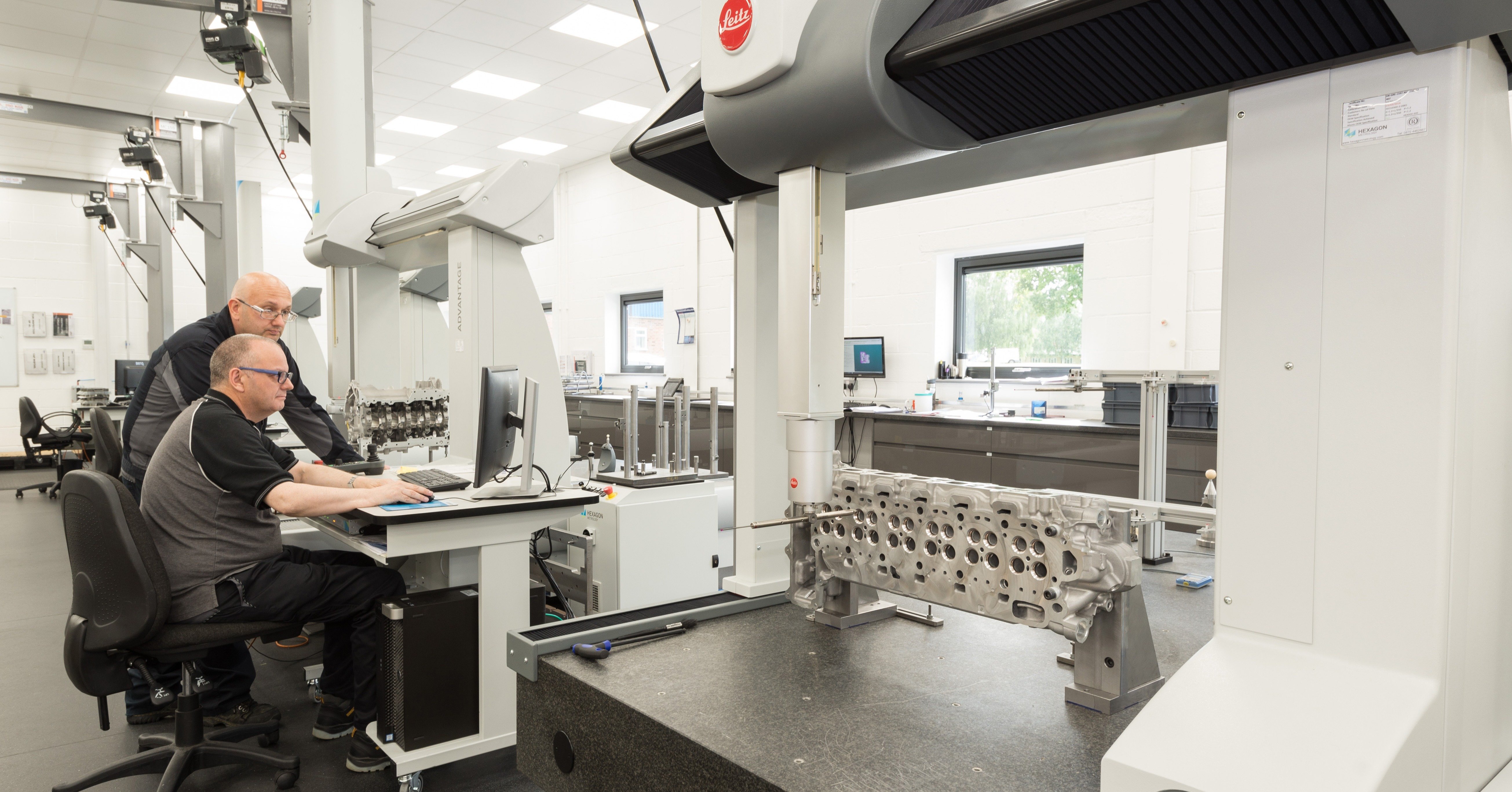Even more so than production cost, the speed of machining your part is likely to be your main priority as a buyer. You want your part as fast as possible, and obviously reducing lead times is crucial to this. But while it’s often the machining supplier who’s tasked with using efficiency and innovation to drive faster production, there are also a number of steps buyers can take.
-
Work with your machining supplier to design well right from the start
As a machining buyer, collaborating with your supplier at the DFM stage is hugely beneficial in reducing lead times. Integrated working in the design for manufacture (DFM) stage, including meeting with the machining supplier’s CAD designer, will ensure your parts are designed as efficiently as possible. Not doing so can risk over engineering the part; or specifying too much on tolerance and cleaning.
Early collaborations also allow for adjustments to the complexity of the design, taking into consideration the geometry, shape, machining requirements, additional processes (and set-up and fixturing) and ‘final destiny’ of the part. These alterations will ensure your part can be machined as efficiently and as fast as possible.
For example, parts designed with overly thin walls are difficult to keep in tolerance, adding on to lead times. Designing to avoid this will make the entire process much more efficient.
Also, maximum efficiency can achieved by taking into account the total cycle and set-up time required to machine your part at the DFM stage.
-
Choose 5-axis machining to machine your part
If your machined part is a suitable fit (in terms of capability, part intricacy and budget), choosing to use a supplier with 5-axis machine capability will significantly speed things up. 5-axis machining improves the capacity and capability of machining suppliers compared to traditional 3-axis methods; fewer set ups make lead times shorter.
It does this by:
- 5-axis machining gives additional movement across the axes, reducing the need for additional set ups on different mills and drilling machines.
- 5-axis machining ensures specified tolerances are more likely to be met, meeting critical consistency requirements. When tolerances are not met, lead times begin to be stretched.
- The shorter tools of a 5-axis machine allows it to get closer to the material. This then allows higher cutting speeds, making the entire machining process more efficient – and faster.
-
Think about the text used for part identification
Often, lead times can be reduced by thinking about seemingly small elements of the part design. One such factor is the specific text requirements needed on your machined parts.
Complex, high-level machined parts for specific industries often require part identifiers to be marked permanently- both for easy identification and future supply chain traceability.
Whether the part id number needs to be raised or recessed will impact lead time. Raised text can be easier to read, but it can add considerably to lead times, making recessed (or engraved) identification text the best choice. How complicated the font specified is and the size required (text or numbers that are too small take longer) will also impact machining lead times.
-
Consider any surface finishing required
The surface finishing of your parts, as well as any other treatments specified will impact your lead times, as well as costs. If you require multiple finishing processes to your part, you’ll add to your lead time- it’s that simple. Take time to maximise efficiencies by accurately specifying finishing when weighed up against lead time and cost.
-
Invest in the relationship with your machining supplier
Investing in your buyer-supplier relationship can help to improve not only the entire supply process, but lead times too.
- Giving your supplier accurate sales forecast data will help them create the machining capacity to meet your schedule
- Make sure you visit potential, and ongoing machining suppliers to fully understand their working processes. As well as being able to understand their machining processes better, they’ll understand your part requirements too – helping to drive efficiencies for future projects.
- Keep yourself updated on your supplier's future development plans too. Any new capability or capacity could positively impact the lead time for any future projects.
While suppliers are often tasked with making machining as efficient as possible, there are many steps buyers can take to streamline the entire process.

For more information and guidance to make buying machined parts easier throughout the entire buying process, download our free Machining Buyer’s Guide.

 Get in touch
Get in touch
